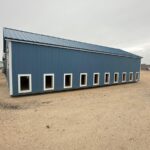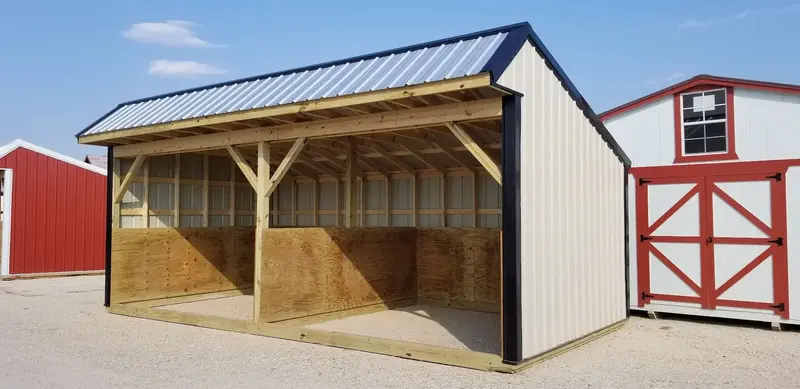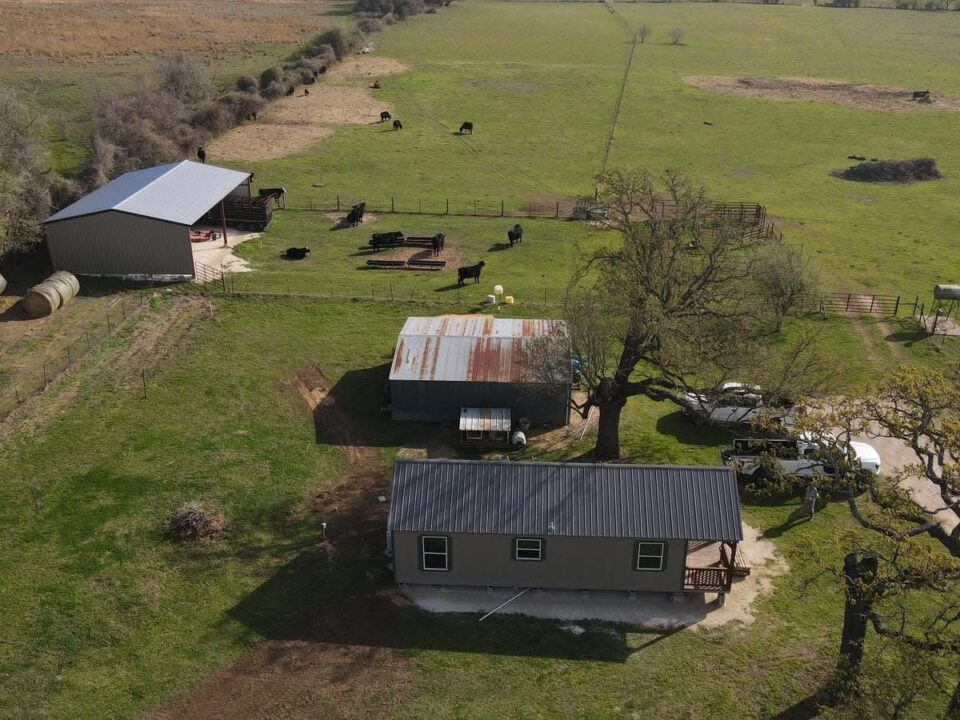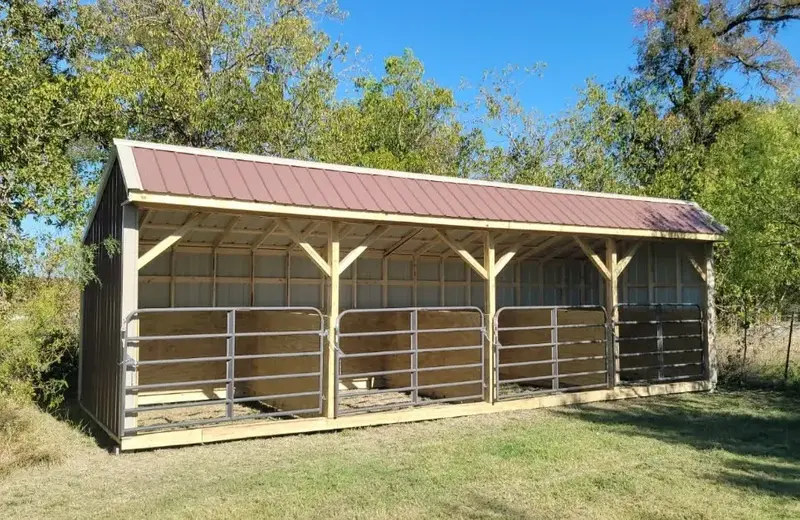
Choosing the Best Dog Kennel for Hot Climates
August 6, 2025
Indoor vs Outdoor Kennels: What’s Right for Your Dog?
August 8, 2025How to Predator-Proof Your Animal Shelter 🛡️
Keeping your animals safe goes far beyond food, water, and shelter. In rural areas and even some suburban communities, predators pose a serious threat—especially to smaller livestock like chickens, goats, and rabbits. But even dogs and barn cats can be vulnerable if their shelter isn’t secure.
That’s why predator-proofing your animal shelter is one of the most important investments you can make. Whether you’re protecting pets, poultry, or pasture animals, this guide will walk you through the essentials of creating a strong, secure structure that keeps unwanted visitors out and your animals safe year-round.
The Real Risks of Predators on Your Property
Predators vary by region, but common threats include coyotes, raccoons, bobcats, snakes, stray dogs, and birds of prey. These animals are resourceful, persistent, and surprisingly strong. Many can dig under fences, climb over roofs, or squeeze through the smallest openings in a wall or door.
What’s worse is that one successful intrusion often leads to repeat visits. If a predator finds an easy meal once, it will likely return—sometimes bringing others with it. This can result in injuries, trauma, and even fatalities among your animals. That’s why proactive protection matters, not reactive repairs.
Build with Strength in Every Surface
One of the first steps in predator-proofing is choosing the right materials. Thin wood, chicken wire, or untreated siding might hold up for a season, but they won’t stand a chance against a determined coyote or raccoon.
At Wolf Valley Buildings, our animal shelters are constructed with LP SmartSide siding and pressure-treated framing that adds serious structural integrity. Many customers also opt for metal siding or reinforced doors to create an even more secure perimeter. These materials resist gnawing, clawing, and weather damage, keeping the structure intact even during long exposure to the elements.
Seal Every Gap—Top to Bottom
Predators don’t just use the front door. Many gain access by slipping through small cracks, digging underneath walls, or climbing up and over. That means a fully protected shelter must be sealed on all sides—roof, walls, floor, and even under the structure.
One way we help solve this is by offering elevated floors that prevent digging predators from entering below the wall line. If your shelter sits directly on the ground, it’s wise to install skirting or buried barriers to block tunnels or gaps.
Doors should be solid and fitted tightly, with secure latches that raccoons can’t manipulate. Windows and vents should be screened with heavy-duty mesh—something even a clawed paw or sharp beak can’t tear through.
Consider Fencing as a Second Layer
While the shelter itself is your first defense, fencing can serve as an effective backup. A perimeter fence around the shelter adds another hurdle for predators to clear. Taller fencing—ideally at least six feet high—helps deter coyotes and dogs. If climbing predators are a problem, consider angled tops or wire coverings that extend over the top like a lid.
For those with ground-digging threats like foxes or badgers, buried fencing is essential. Placing the wire six to twelve inches underground creates a barrier that’s hard to bypass. Even if you’re using electric fencing, combining it with a secure shelter will make your animals far less vulnerable.
Think About the Shelter’s Location
Predator-proofing also means being strategic about where you place your structure. Shelters located close to wooded areas, tall grass, or brush provide easy cover for predators to hide and approach unseen. Placing the shelter in a cleared area with a direct line of sight from your home or barn makes it harder for predators to sneak in unnoticed.
Additionally, keeping the surrounding area clean—no leftover feed, trash, or piles of wood—removes potential attractants. Predators are drawn to smell and opportunity. The cleaner and more open the area, the less likely they are to linger.
Keep Lighting and Motion in Mind
Some predators operate at night when your animals are resting. Installing motion-activated lights near your shelter can discourage nighttime visitors. Many animals like raccoons, opossums, and coyotes are sensitive to sudden bursts of light, and they’ll back off when startled.
Some property owners also use motion-triggered noise makers or solar-powered predator deterrents that flash or blink red at night. These simple additions can add another level of protection without ongoing maintenance.
Safety Isn’t Seasonal—It’s Structural 🐐
It’s easy to feel safe when nothing has happened yet. But many property owners only think about predator-proofing after they’ve experienced a loss. The truth is, once predators find an easy target, they’ll remember it. That’s why prevention is always more effective than reaction.
By investing in a solid, well-built shelter from the beginning, you protect your animals from threats that are hard to see until it’s too late. Our team at Wolf Valley Buildings helps customers create shelters that are not just weatherproof—but predator-proof, too.
Ready to Upgrade Your Animal’s Safety?
Don’t wait for a close call. Whether you need a dog kennel, chicken shelter, goat barn, or combination setup, we’ll help you design a structure that’s secure from top to bottom. Visit our Animal Shelters page or contact us today for a quote.
Internal Links:
Livestock Shelter Upgrade: 5 Signs It’s Time
Animal Shelters vs Barns: Which is Right for Your Farm?
Outbound Link:
USDA Wildlife Services – Protecting Livestock





